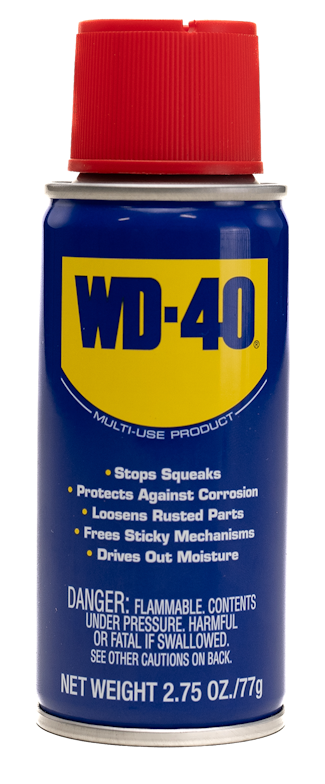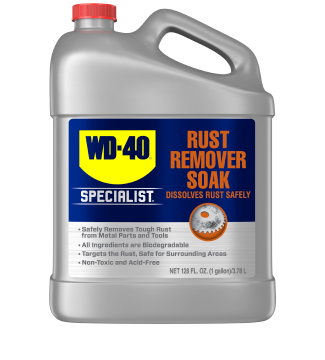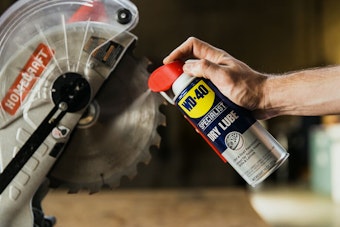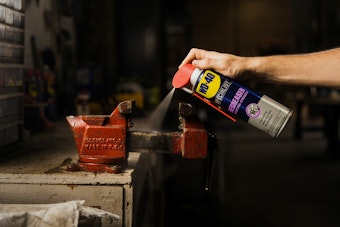How-to Maintain Your Tools: Knives
How-to Maintain Your Tools: Knives
<< BackWhether you’re in the kitchen, at work, or in the field, and handy blade can be a go-to tool in your everyday life. There’s a saying about dull knives though – they’re about as useless as “a leaky bucket in a sinking boat.” Sharpening a knife sounds relatively simple and straightforward, but there are a number of tools, tips, and techniques to be aware of when you dive into the process. Follow along below for more about how to maintain your knives.
Simple, not easy
To apply Occam’s Razer to blade sharpening, we can whittle away excess by describing the act simply as rubbing a cutting edge against an abrasive surface. This process may involve roughshod materials such as a rock or stone found in the woods, or it might be a 1,000 grit diamond file produced by modern industrial techniques. A lot will depend on what resources available, what kind of blade you’re working on, and what purpose the knife will hold. The act of sharpening is simple in theory, but accomplishing the task can prove to be a complex endeavor.
The Edge
Straight and tapering edges are commonly found among hunting blades, kitchen knives, and many pocket and field knives as well. If you’re looking to sharpen a serrated edge, check out BladeHQ for more details and information. Depending on the use, you’ll probably be working with either a thicker blade on field knives and those used for hunting, camping, and as a working tool, or thinner bladed knives such as kitchen and dressing knives. A thicker knife has an edge of around 25 degrees while thinner blades may have 20 degrees or even finer edges. While a steeper “bevels” make for easier cutting, they also might be more fragile or require frequent sharpening. An edge that’s been hardened if mishandled or if it impacts very dense material when cutting. A 10-15 degree sushi knife, for instance, seems to virtually melt through a fresh fish fillet but wouldn’t be appropriate for use slicing carrots.
The Method
Let’s look at a knife intended for every-day use. The goal is to apply a 20 to 30 degree cutting edge to a single side of the blade, or 20 degrees on either side for a rough use tool. You can use a natural sharpening stone or a “synthetic” one such as a diamond sharpening stone. Check out BestSharpeningStones.com for more details and options.
Your stone will require lubrication to function well. In the sharpening phase, we do not recommend any current WD-40® Brand Products although some may be used later for storage & protection. For sharpening stones the lubrication can come from water or oil. Each stone or sharpening system will have its own needs, so be sure to check with the manufacturer for what works best. A simple and inexpensive mineral oil can serve for general stones requiring an oiled surface.
Use the stone at the desired angle, always pushing the blade into or towards the stone. Depending on use and how often you’re maintaining your knife, it might take a good while -- and holding a consistent angle takes practice and patience. Follow a consistent pattern, either making small circles with the blade against the stone or moving from base-to-tip or tip-to-base. Use moderate pressure and do not pull your blade backwards against the stone.
Working with a stone can be a long task, and some might find it calming or meditative. Others might feel frustration, especially with holding a consistent angle. In this case, you can upgrade your toolkit as needed – either with a guide for the angle or with a sharpening system such as a grinder wheel, belt sharpener, or other motorized sharpening tool. Take caution with these aids as they bite swiftly into the blades and can do more harm than good if handled improperly.
Safety
A dull knife is not only less effective but can also be dangerous tool. The same function requires more force, increasing the chance of a slip or accident. Take care of your blades and you’ll also take care of yourself. A good knife deserves respect, and you may find that honing its edge also sharpens your spirit.
Pro Tip: Protect the metal components of your gear & equipment such as those found on blades and others stored or used outdoors with WD-40® Multi-Use Product. Keep the rust away so the tools are ready to use when you need them.
FEATURED PRODUCTS
WANT TO GET MORE TIPS AND TRICKS?
SUBSCRIBE TO THE NEWSLETTER




